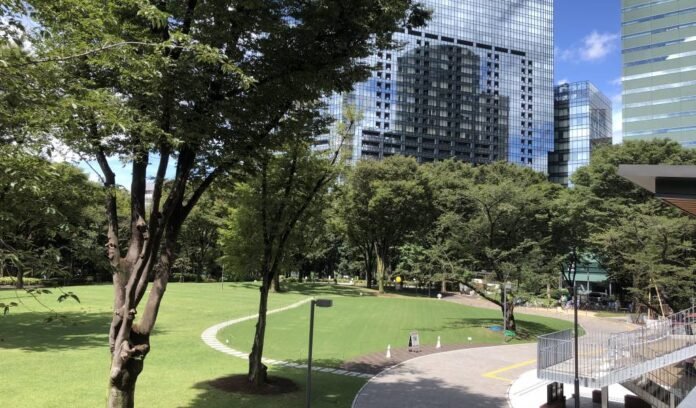Tokyo is a city known for its futuristic skyline, bustling streets, and high-tech wonders. But beneath the modernity lies a rich history that has shaped Japan’s identity, and one of the best places to explore this history is at the Samurai Museum Shinjuku. Located in the vibrant district of Kabukicho, the Samurai Museum offers an immersive journey into the world of the samurai, Japan’s iconic warriors. Whether you’re a history enthusiast, a fan of Japanese culture, or simply curious about the traditions that shaped Japan, this museum is a must-visit destination.
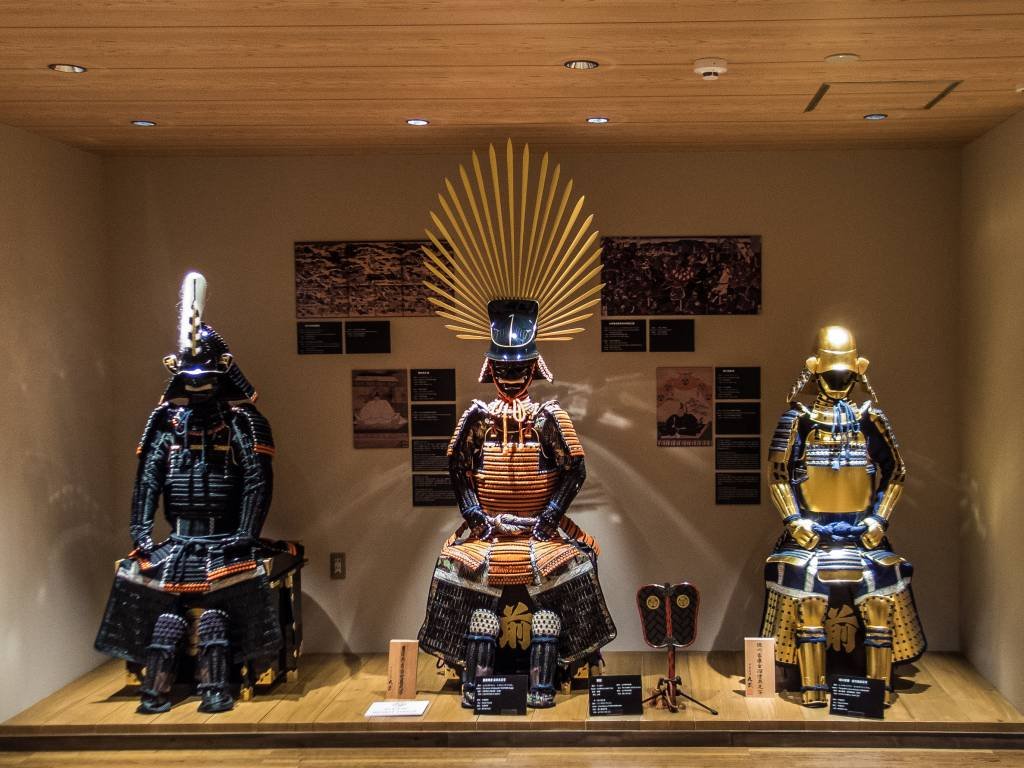
The Samurai: Japan’s Legendary Warriors
The samurai were the military nobility of Japan, revered for their discipline, martial arts prowess, and unwavering loyalty to their lords. They played a central role in shaping Japan’s history, from the Heian period (794-1185) through to the Edo period (1603-1868), and their influence on Japanese society, culture, and even philosophy is still felt today.
The Samurai Museum Shinjuku brings this fascinating world to life through a collection of authentic artifacts, armor, swords, and historical documents. The museum provides visitors with a comprehensive understanding of the samurai’s role in Japanese history, as well as the culture, etiquette, and traditions that surrounded them.
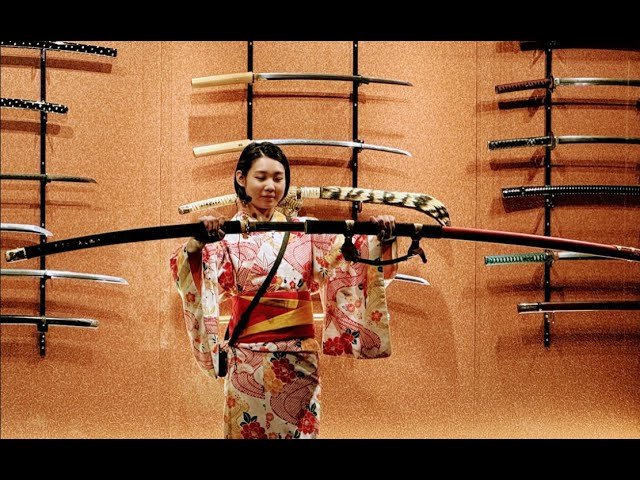
A Glimpse into the World of the Samurai
When you step into the Samurai Museum, you are immediately transported back in time. The museum’s interior is designed to reflect the atmosphere of Japan’s ancient castles and battlefields, creating an immersive setting that enhances the experience. The exhibits are well-curated and thoughtfully arranged, showcasing some of the most important and iconic aspects of samurai culture.
One of the main highlights of the museum is its samurai armor collection. The armor on display is nothing short of spectacular, with intricate designs and beautiful craftsmanship. Some of the pieces date back centuries, offering a rare glimpse into the evolution of samurai armor, from the early designs of the Kamakura period (1185-1333) to the more elaborate and ornate armors of the Edo period.
Another major attraction is the collection of katana swords, which were not just weapons but symbols of the samurai’s honor and status. The katana is perhaps the most famous aspect of samurai culture, and the museum showcases a wide variety of these legendary swords, each with its own story. The swords are displayed alongside shields, helmets, and other weapons used by the samurai, providing a complete picture of their martial prowess.
The museum also features scrolls, paintings, and family crests (known as Kamon), which offer insight into the samurai’s family lineage and the symbolism behind their armor and weaponry. Visitors can also learn about the bushido code, the ethical and moral code that governed the samurai’s conduct, emphasizing values such as loyalty, honor, and self-discipline.
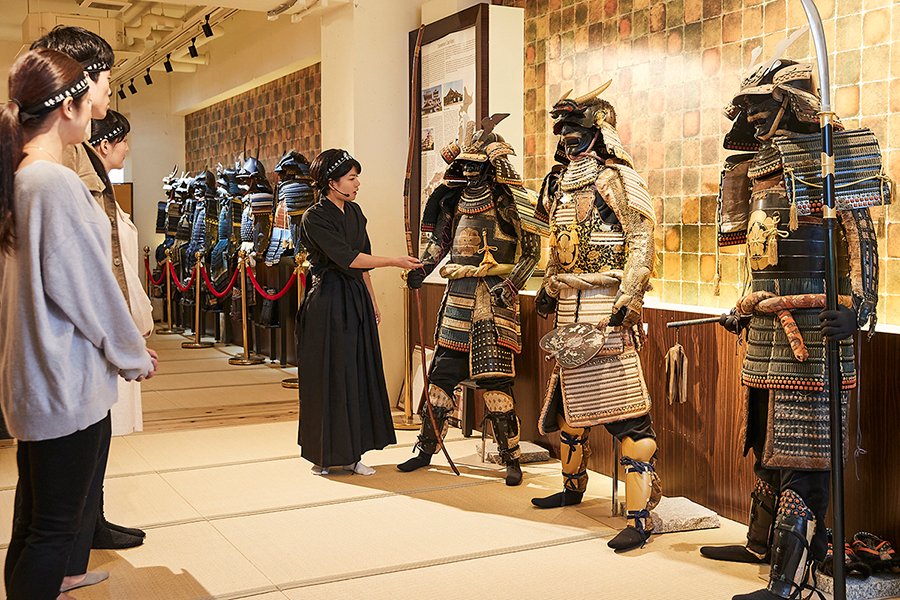
Interactive Exhibits and Special Programs
What sets the Samurai Museum apart from other museums is its focus on interactive exhibits that bring history to life. Visitors can try on samurai armor and pose for photos, giving them the chance to experience the weight and complexity of the armor firsthand. This is a fun and educational experience for both adults and children, allowing them to connect with the samurai tradition in a tangible way.
The museum also hosts special exhibitions throughout the year, often focusing on different aspects of samurai culture, such as samurai art, weaponry, and historical events. These exhibitions provide a deeper dive into specific topics and offer visitors a unique opportunity to learn more about the diverse facets of samurai life.
In addition, the museum offers guided tours in multiple languages, including English, which allow visitors to gain a deeper understanding of the historical context of the exhibits. The knowledgeable guides provide fascinating insights into the samurai’s role in Japanese history, their influence on modern Japan, and the enduring legacy of their culture.
Location and Accessibility
The Samurai Museum is located in the heart of Kabukicho, one of Tokyo’s most vibrant and energetic districts. While Kabukicho is known for its entertainment and nightlife, the Samurai Museum provides a peaceful escape from the hustle and bustle, offering a quiet and educational experience amidst the surrounding chaos.
The museum is easily accessible from Shinjuku Station, which is just a short walk away. It’s a convenient stop for anyone exploring the Shinjuku area, as it’s located near other attractions such as Shinjuku Gyoen National Garden, Omoide Yokocho, and Tokyo Metropolitan Government Building.
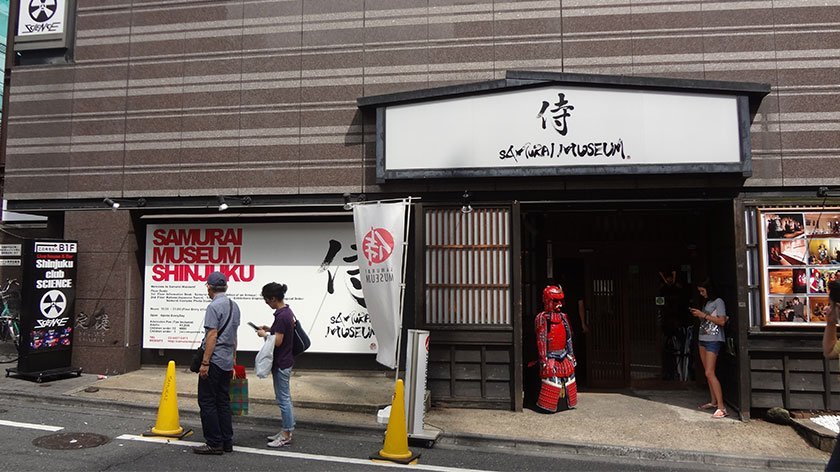
Practical Information for Visitors
- Opening Hours: The Samurai Museum is open daily from 10:30 AM to 9:00 PM. It’s advisable to check the official website for any changes in hours, especially during holidays or special events.
- Admission Fees: The general admission fee is ¥1,000 for adults, with discounts available for students and children.
- Language: The museum provides English-language brochures and audio guides, making it accessible for international visitors.
- Location: The museum is located in Kabukicho, Shinjuku, just a 5-minute walk from Shinjuku Station.
Conclusion
The Samurai Museum Shinjuku is a must-visit destination for anyone interested in Japan’s rich history and the legendary samurai warriors who helped shape it. With its impressive collection of samurai armor, swords, and historical artifacts, the museum offers a comprehensive and immersive look into one of Japan’s most iconic cultures. Whether you’re a history buff, a fan of Japanese culture, or simply curious about the samurai, the museum provides an unforgettable experience that will deepen your appreciation for Japan’s warrior legacy. So, if you’re in Tokyo, don’t miss the chance to step back in time and explore the world of the samurai at the Samurai Museum Shinjuku.



